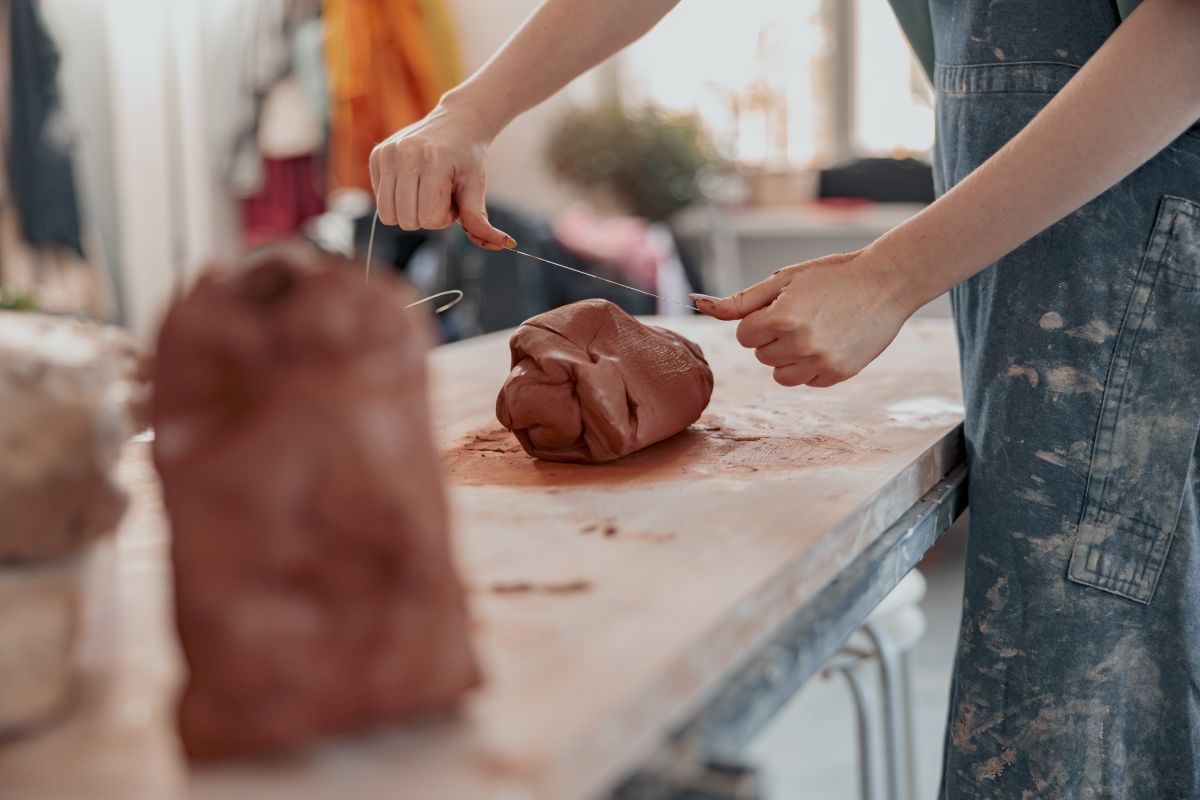
South Africa Animation Studio: Stratum Cut Animation
Animation is not always about sleek, high-gloss effects or digital precision. Sometimes, the charm lies in the imperfect, the strange, and the thoroughly handmade. One such technique, often left on the back shelf of animation history, is stratum cut animation—a layered, physically sculpted method that carves out its own small but curious chapter in the broader story of animation. For anyone curious about how animation can move beyond the conventional, or how unusual techniques can inspire new ideas for niche projects, this is a style worth knowing. A South Africa animation studio, for instance, can find both creative value and historical insight in these older methods, using them as a springboard for innovation or as a creative solution for a project that calls for something out of the ordinary.
What Is Stratum Cut Animation?
Stratum cut animation, sometimes referred to as strata-cut, is not your typical frame-by-frame approach. Rather than drawing or modelling each frame individually, this technique involves sculpting a loaf of clay or wax embedded with imagery, then slicing it thinly, one piece at a time, while filming each cut. The resulting sequence reveals patterns and images that shift and animate as the layers are removed.
It is a little bit sculpture, a little bit animation, and a lot of pre-planning. Once the loaf is built, there is no going back—each slice reveals a surprise, and unlike other forms of animation, there is no option to revise a frame that has already been cut away.
This hands-on, experimental approach offers a type of motion that is visually distinct, sometimes chaotic, and often mesmerising. While the technique is rarely used in commercial animation today, it offers valuable perspective—especially for a South Africa animation studio looking to explore unconventional methods for stylistic or artistic results.
A Brief History: From Wax to Clay to Claymation
Stratum cut animation’s earliest forms appeared as far back as the 1920s, thanks to experimental animator Oskar Fischinger. Working with wax, Fischinger cut cross-sections of sculpted blocks to produce abstract sequences. His work laid the foundation for later artists who expanded and refined the process.
But it was not until the 1980s that the method found its most recognised advocate: David Daniels. Daniels’ background in sculpture and animation collided in his development of the stratum cut style using clay rather than wax. The increased flexibility and vibrancy of plasticine made it an ideal material for intricate internal designs. His 1985 film Buzz Box remains one of the most well-known examples of the form.
This period also saw the technique make brief appearances in mainstream settings, including television and advertising. For a South Africa animation studio examining animation history, the evolution of stratum cut is an example of how alternative methods occasionally break into the commercial sphere, offering a lesson in timing, context, and experimentation.
Notable Examples and Where It Was Seen
While stratum cut animation has not enjoyed widespread use, it has found its way into some recognisable places:
- Buzz Box (1985): David Daniels’ short film demonstrated the style’s full potential—explosive, abstract visuals that morph organically as each frame is revealed. Though abstract, the visual rhythm of the piece gives it a hypnotic coherence.
- Peter Gabriel’s “Big Time” (1986): This iconic music video featured stratum cut animation as part of a broader stop-motion aesthetic. The layered visuals enhanced the surreal tone of the song and helped define the look of 1980s experimental music video work.
- MTV Network IDs: MTV in the 1980s was a breeding ground for bold, weird, and creative animation techniques. Daniels contributed stratum cut sequences to the channel’s promotional materials, showing how even a non-traditional style could hold attention in a fast-moving media environment.
- Pee-Wee’s Playhouse: The children’s television show was known for its wild mix of visual styles, and stratum cut made occasional appearances in its animated interludes, adding a handmade, otherworldly flair to the mix.
- Television Commercials: Though less common, the technique also featured in several 1980s TV advertisements, particularly in campaigns that sought to stand out through artistic experimentation.
These examples may feel like relics, but they continue to serve as reminders that animation does not always need to follow convention. A South Africa animation studio can take inspiration from these works, not necessarily to reproduce the style, but to spark unconventional thinking in concept development.
When Might Stratum Cut Animation Make Sense Today?
This is not a style for every brief. It is resource-heavy, time-consuming, and once production begins, there is no real-time adjustment. But there are certain projects where it might be just the right fit.
For instance, artistic short films, niche marketing pieces, or brand identity work with a tactile, analogue theme might benefit from the unique aesthetic of stratum cut animation. Because it involves real materials and textures, the result feels hand-made, with all the character that entails. In an era of high-gloss visuals, this rawness can stand out—particularly when digital perfection is not the goal.
In such cases, a South Africa animation studio with access to both modern techniques and an appreciation for historical ones could offer this as a distinctive creative option. Whether used in its original form or referenced stylistically in a digital hybrid, the thinking behind stratum cut can lead to unexpected and interesting results.
Challenges (and Why It Is Rare Today)
Stratum cut animation is not without its difficulties. The level of planning required is significant—every movement and transition must be mapped out before the loaf is ever sliced. There are no redos once the material is cut, which places a considerable burden on preparation.
Additionally, the technique demands a specific skill set and workspace, often requiring sculptural knowledge alongside animation training. It is not easily scalable and does not fit into most production pipelines designed for digital or traditional 2D work.
These factors make the style less practical for most commercial projects today. However, for studios willing to explore or interpret its aesthetics—particularly those like a South Africa animation studio with a diverse creative team—there may be ways to nod to this method without taking on the full production burden. For instance, layering techniques in digital environments can mimic the visual result while avoiding the physical limitations.
Why It Still Matters
It is easy to overlook styles that do not appear in current advertising or mainstream projects. But stratum cut animation represents more than a quirky production technique. It embodies a spirit of experimentation, risk, and physical creativity that is still relevant.
Studios looking to push visual ideas further—or simply to offer alternatives to conventional methods—can benefit from understanding techniques like this. It may not be the right solution for most briefs, but it adds to the toolkit of visual references that inform modern animation. A South Africa animation studio, especially one balancing commercial work with creative freedom, can keep these less common methods in mind as a way to challenge norms or add unexpected texture to a project.
Conclusion: A Style Worth Remembering
Stratum cut animation is not about ease or mass production. It is a demanding, occasionally unruly method that rewards those willing to plan with precision and accept that some surprises are out of their hands. While its heyday was brief, its influence still ripples through creative animation today.
For clients interested in something visually unusual or for those who simply enjoy seeing the range of what animation can offer, stratum cut stands as a vivid reminder of the medium’s diversity. It also continues to offer inspiration for a South Africa animation studio looking to keep its creative thinking wide and its stylistic vocabulary rich.
Fancy something a bit off the beaten path for your next video? Let Sound Idea Digital show you how even the most unconventional ideas can turn into something spectacular. Get in touch, and let’s create something unique together
We are a full-service Web Development and Content Production Agency in Gauteng specialising in Video Production, Animation, eLearning Content Development, Learning Management Systems, and Content Production.
Contact us for a quote. | enquiries@soundidea.co.za | https://www.soundideavideoproduction.co.za| +27 82 491 5824 |

